If you’ve ever enjoyed a steaming bowl of Pho, you know that the flavorful combination of herbs served with Pho is a crucial part of the dish. From the bright, citrusy aroma of cilantro to peppermint’s cool, refreshing taste, these fresh herbs add depth and complexity to every spoonful.
In today’s post, let’s explore the Vietnamese herb garnish plate traditionally served alongside Pho and discover how each herb contributes to the dish’s tastiness. After reading, I’m sure that you’ll be able to enjoy Pho in the most authentic way!
Pho – The Pride Of Vietnamese Cuisine
Pho, the soul of Vietnamese culinary culture, is a dish that tantalizes the taste buds with its delicious blend of beef or chicken broth, rice noodles, and an array of herbs and vegetables. Typically, the locals will place the herbs together on the same plate people call “Dia Rau Song” in Vietnamese.
First appearing in Northern Vietnam in the early 1900s, Pho is now a well-known Vietnamese noodle dish worldwide (1). This mouth-watering dish is not just about traditional – it’s also about innovation. Depending on the region, you’ll see some differences in the Pho you have in Vietnam.
For example, Saigon Pho comes with a plate of fresh herbs and condiments on the side for you to freely add to your noodle soup and change up its flavor. On the other hand, Hanoi Pho, often considered the more traditional version, is quite minimal in the herb department.
Between these two versions, Saigon Pho is probably the more popular dish for people outside of Vietnam. The collection of aromatics adds layers of flavor that stimulate the senses and make each bite unforgettable.
10 Aromatic Herbs To Elevate Your Pho
The herbs and vegetables used in Pho are key to its appeal, yet, adding the wrong herbs might completely ruin the dish. Let’s discover what aromatics you should add to your Pho.
1. Cilantro (Rau Mùi)
Cilantro, the versatile herb used in a myriad of Vietnamese dishes, adds both flavor and aesthetic appeal. In appearance, cilantro is a leafy herb with bright green, feathery leaves that come in bunches of three. These incredible herbs lend a vibrant freshness to any dish it graces.
When paired with the Pho, cilantro not only enhances the dish’s already enticing aroma but also stimulates the palate with its delicate, mildly citrusy taste. People also add cilantro leaves, either whole or chopped up, to soups, stews, porridges, stir-fries, and even Banh Mi – Vietnamese most well-loved street food.
Moreover, its stems and roots are excellent ingredients to add to savory broths. The Vietnamese believe cilantro has great medicinal properties and is a cure for minor diseases and pains.
2. Scallions (Hành Lá)
Scallions are an absolute must-have for famous Vietnamese recipes, especially in Pho and nearly every other dish imaginable. These green onions have the power to bring a dish to life, infusing it with an unparalleled depth of flavor. Without them, your bowl of Pho would be incomplete.
Scallions have a distinctively pungent and slightly spicy taste that complements the savory notes of beef and chicken broth. Their appearance is also notable, with long, slender green stalks and bulbous white roots. When thinly sliced and added to Pho, the root sections help to mask the strong aroma of beef.
But not everyone is a fan of scallions’ bold flavor, which is why some prefer to blanch them in hot water to reduce their pungency. In some cases, a minority of people would also order a bowl of Pho without scallions.
3. Bean Sprouts (Giá Đỗ)
Bean sprouts, the young shoots of the mung bean plant, have a slightly sweet and refreshing taste and add a satisfying crunch to your dish.
These tiny, slender white sprouts are versatile ingredients that appear in various delicacies, including Hu Tieu (clear noodle soup), stir-fries, soup, porridge, salad, and more. Of course, bean sprouts are an essential element in the garnished herbs used for Pho. They are often served raw or blanched in hot water together with Pho noodles.
However, depending on the region, people might not add bean sprouts to Pho. If yours comes with these sprouts, they’re sure to enhance the dish’s already delicious flavor.
4. Culantro (Ngò Gai)
Not only Pho but culantro is also a commonly utilized herb in many iconic Vietnamese dishes, such as Canh Chua (sour soup), Canh Mang (bamboo shoot soup), and Canh Bi Do (red pumpkin soup).
Appearance-wise, culantro leaves are long, dark green, and have sawtooth edges. They boast a cilantro-like and citrusy taste with subtle bitter notes. When served with Pho, this herb creates a stimulating taste while reducing the greasiness of the broth.
Unlike cilantro and scallions, vendors don’t usually add culantro directly to your Pho. Instead, they’ll place it on a separate plate with other optional herbs. Nevertheless, I always enjoy my Pho with some culantro, and I highly suggest you do the same.
5. Rice Paddy Herb (Ngò Om)
Rice paddy herb, sometimes referred to as “sweet cumin,” is a fragrant herb that many describe as a blend of citrus and cumin. These thin, oval leaves with jagged edges make for an excellent addition to Pho, soups, and hotpots, especially when combined with culantro.
Not only does Ngo Om add a delightful burst of flavor to your many recipes, but it also has the ability to lessen the pungent odor and intense taste of ingredients like fish and beef. As such, the locals usually add them to beef Pho to balance the flavor.
6. Peppermint (Húng Cây)
Peppermint belongs to the “mentha” genus and is a hybrid species of spearmint and watermint (2). True to their name, these bright green, pointy leaves possess a prominent minty taste and smell, especially when you crush them.
This incredible herb is a staple in traditional street food dishes like Banh Cuon (steamed rolled cakes), Banh Uot (rice pancakes), Bun Thit Nuong (grilled pork noodle salad), and more.
But where peppermint truly shines is in its ability to enhance Pho. Just add in a few leaves, and they will infuse your Pho with a subtle yet irresistible flavor!
7. Thai Basil (Húng Quế)
Unlike Italian sweet basil, Thai basil leaves are elongated with pointed tips and slightly jagged edges. Their stems and flowers are purple and completely edible, adding a beautiful contrast to whatever dish you add them to.
In terms of flavor and aroma, Thai basil is a unique combination of anise and licorice, which perfectly complements popular Vietnamese dishes like Pho, Banh Xeo (sizzling savory pancakes), or Bo La Lot (beef wrapped in wild betel leaves).
The Vietnamese also pair Thai basil with Bo Kho (Vietnamese beef stew), Bun Rieu (crab noodle soup), and Ca Ri Ga (chicken curry). Moreover, this herb’s cooling sensation makes it a great addition to dishes where you want to reduce beef’s odor.
8. Onion (Hành Tây)
Similar to cilantro roots, the locals also use onions for cooking the Pho’s broth, which adds more complexity to the flavor. Moreover, if you want to take your Pho to the next level, consider adding thinly sliced raw onion to your bowl.
It not only adds a unique flavor profile but also enhances the overall aroma of this beloved Vietnamese delicacy. In addition, it can balance the strong beefy taste of Pho Bo (beef Pho).
However, raw onion’s pungent and spicy taste may not be everyone’s cup of tea. You can blanch it in hot water to tame the pungency of the onion and bring out more sweet notes. Alternatively, marinate the onion with salt and sugar, then soak it briefly in cold water.
9. Fish Mint (Diếp Cá)
Fish mint is a distinct herb in both the way it looks and tastes. In terms of appearance, the leaves are glossy and come in a unique heart-like shape. Flavor-wise, fish mint is truly an acquired taste.
This herb is a little spicy, slightly sour, with somewhat fishy notes, hence the name. While not everyone can appreciate its taste on the first try, fish mint can balance the richness of Pho and introduce a whole new dimension of flavor.
Moreover, it also has cooling properties and is commonly enjoyed with refreshing, summery dishes like salads and fresh spring rolls. Once you’ve gotten used to how fish mint tastes, you can try pairing it with other Vietnamese delicacies, such as Banh Xeo and Bun Rieu.
10. Beefsteak Plant (Tía Tô)
The beefsteak plant, also known as shiso or perilla, is a fascinating herb with a unique aroma and flavor. The leaves are broad and come in shades of green and purple. This herb’s fragrance will remind you of mint, while its taste is a combination of anise and basil with sweet, spicy, and slightly nutty notes.
This herb is a vital ingredient in traditional Vietnamese dishes like Bun Rieu, Bun Moc (pork ball noodle soup), Bun Thit Nuong, Banh Da Cua (rice noodle soup with crab meat), Chao Ga (chicken porridge), and of course, Pho.
In Vietnam, the beefsteak plant is less commonly used in Pho Bo than it is in Pho Ga (chicken Pho). Regardless, if you love how this herb tastes and smells, feel free to add it to your beefy Pho!
Other Condiments and Spices To Consider
While the above herbs are the core elements on a Vietnamese Pho’s garnish plate, there are also other options that you can add to your noodle soup as well.
- A squeeze of lime juice provides a touch of acidity and balances out the flavor of the meaty broth.
- A couple of chili pepper slices are an excellent choice if you’re a fan of spicy dishes.
- Sauces, like chili sauce, hoisin sauce, and sate sauce, are all great choices to take the tastiness of Pho up a notch. In fact, people in Saigon consider sauces a must-have in their Pho.
- Some people also add Vietnamese balm (Kinh Giới), which is fresh, lemony, and minty, to the Pho. While it’s not a bad choice, you should only serve this herb with beef Pho.
FAQs
Having some other questions about today’s topic? Don’t worry. I’ve rounded up some of the most commonly asked questions in this section.
Whether you’re a Pho connoisseur or a first-time taster, be sure to explore the amazing world of Vietnamese herbs that make this dish so special. Every bite is a new discovery of flavors, textures, and aromas that will keep you coming back for more.
If today’s post has provided you with useful information, please give it a high rating and leave a comment below to let me know your thoughts. Also, feel free to share it with other people who love Pho and want to know more about traditional Vietnamese cuisine.


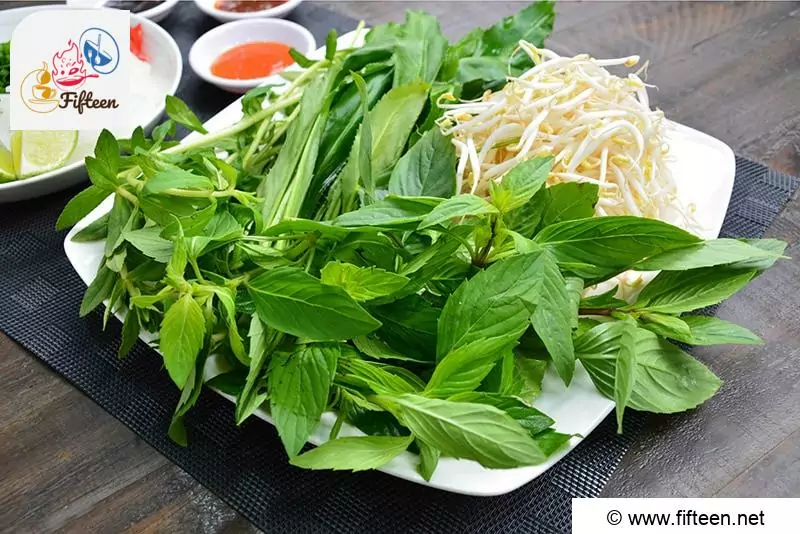
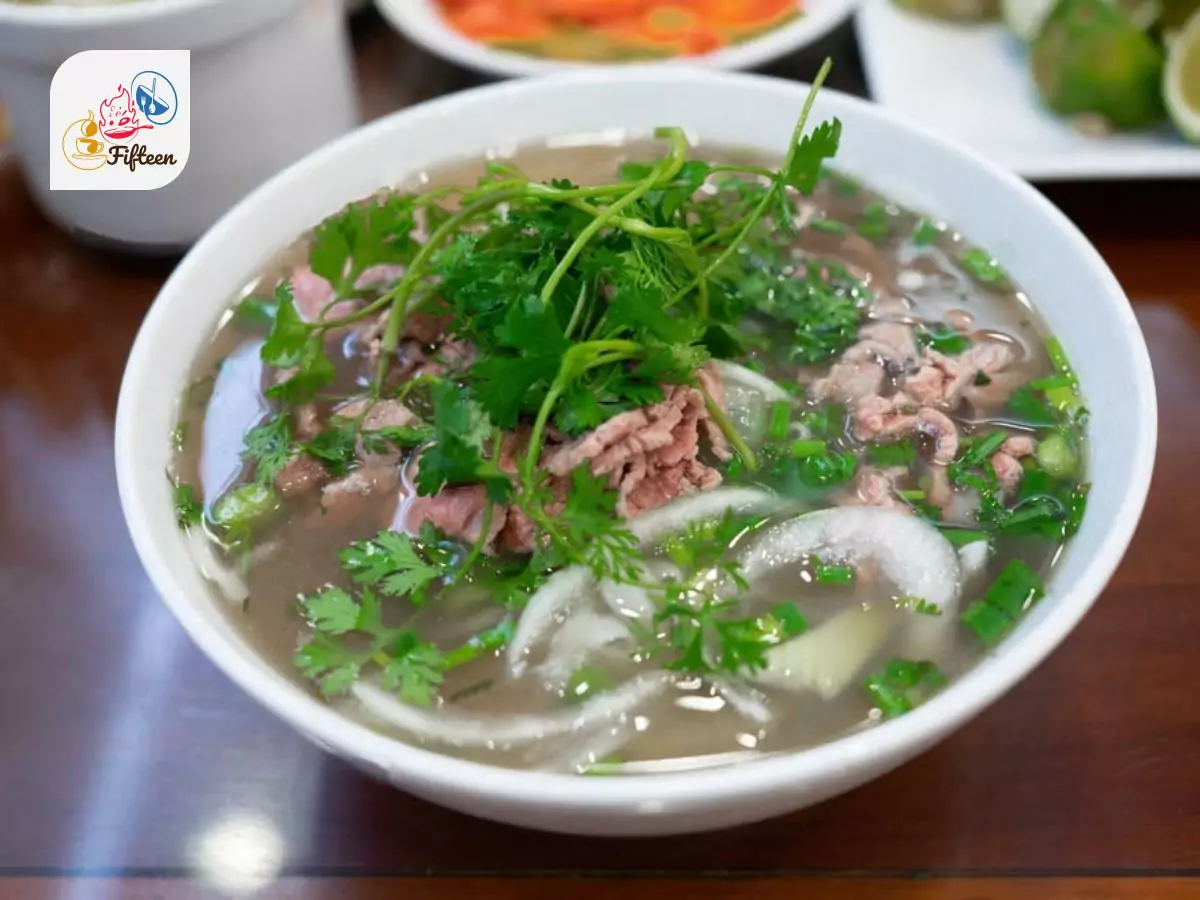
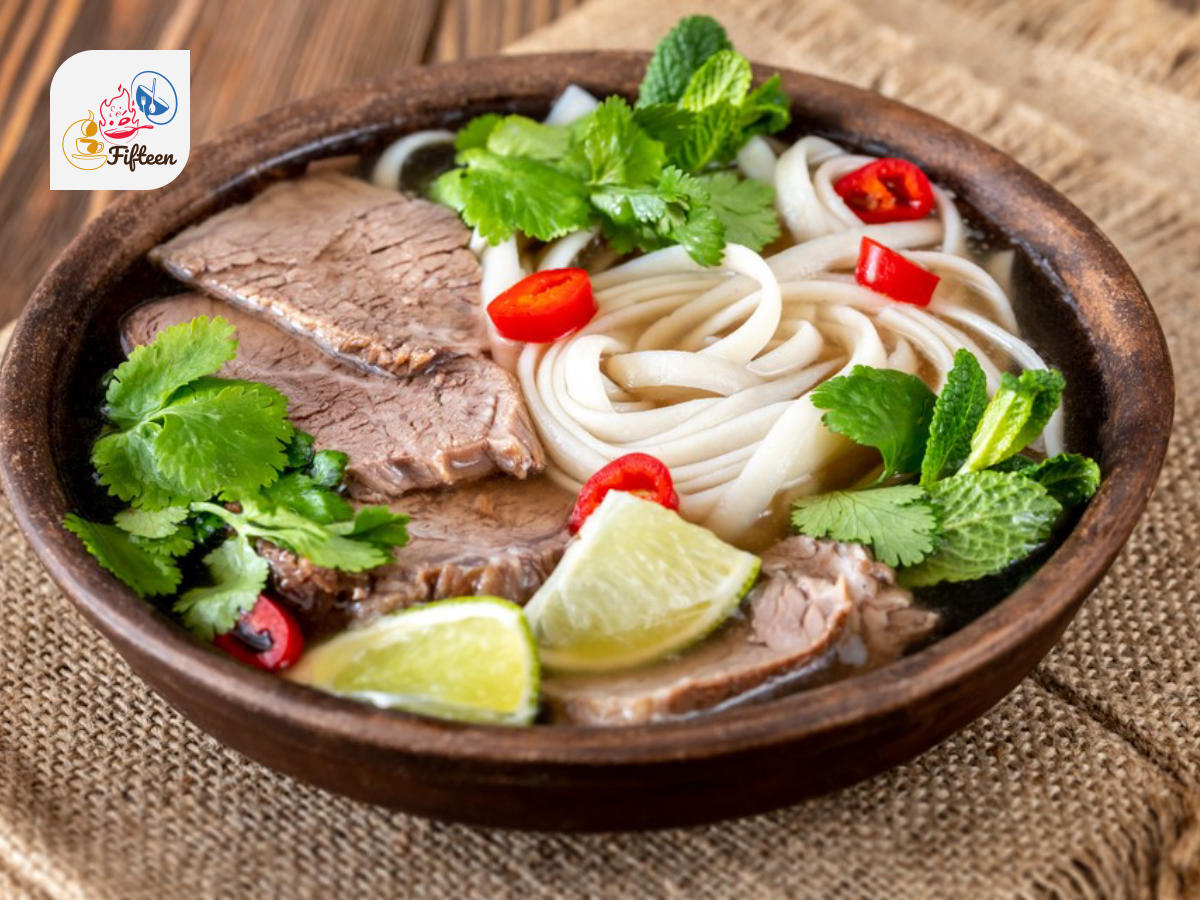
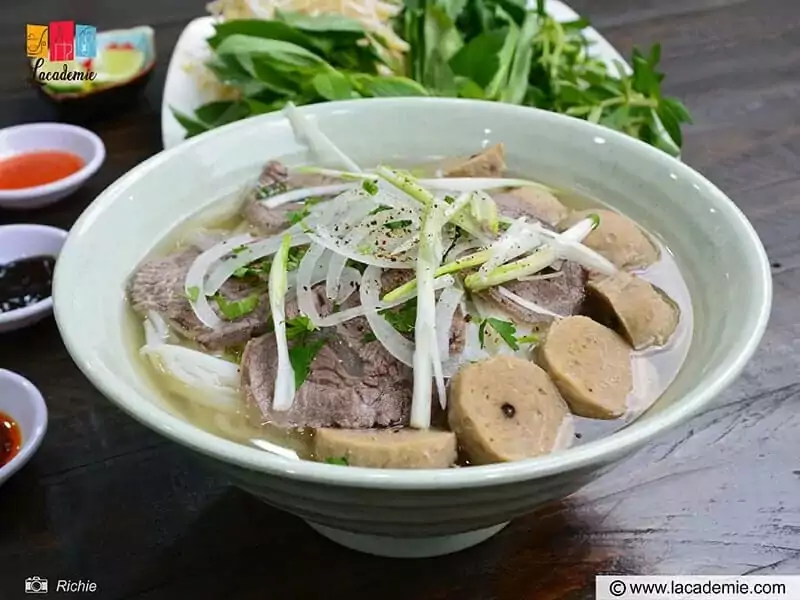
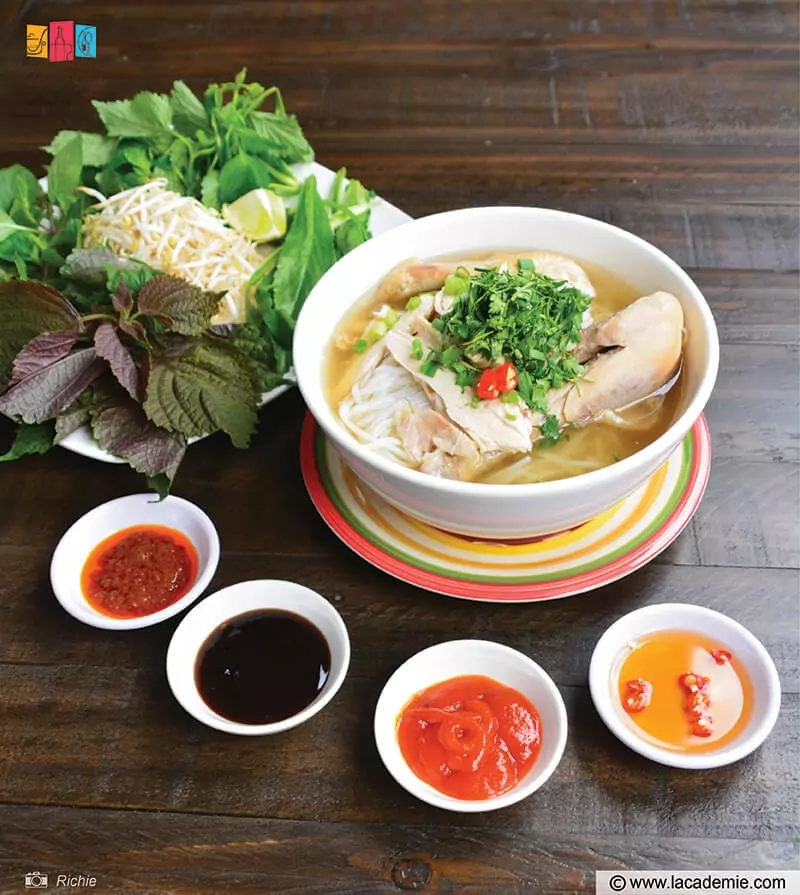
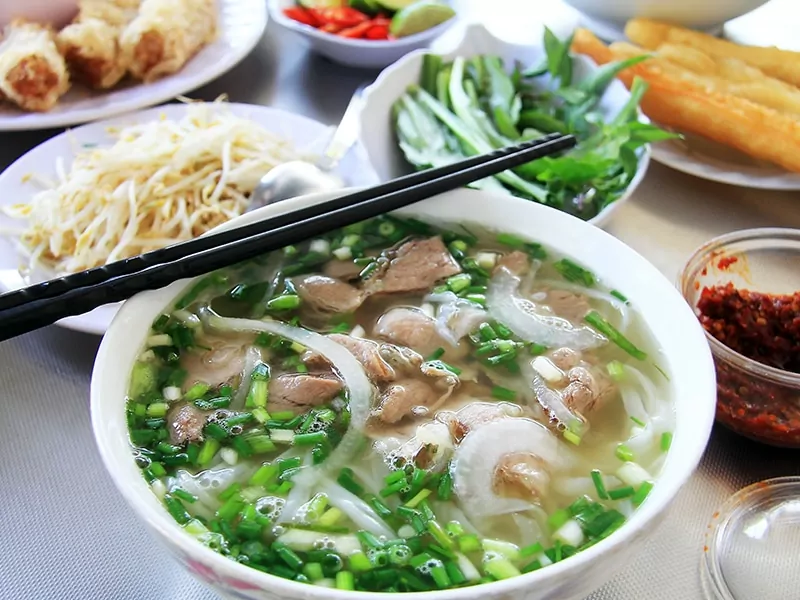
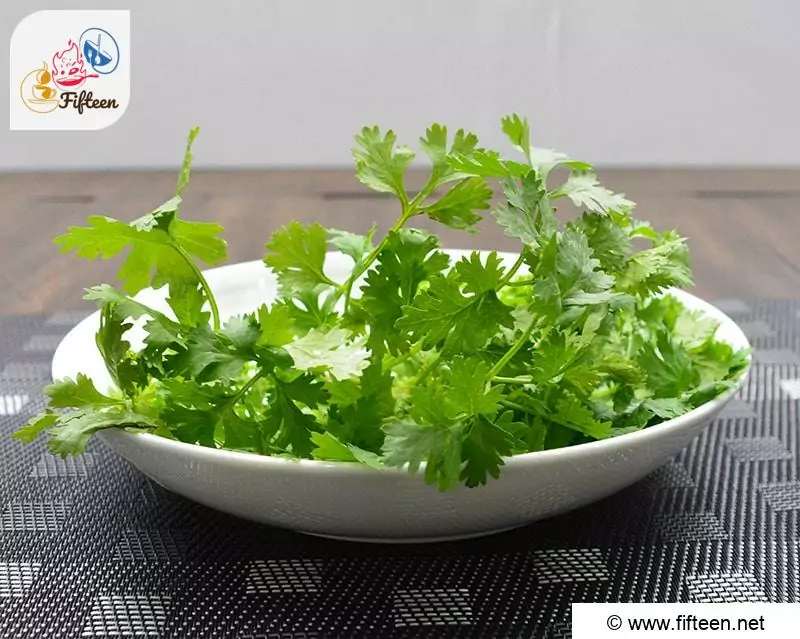
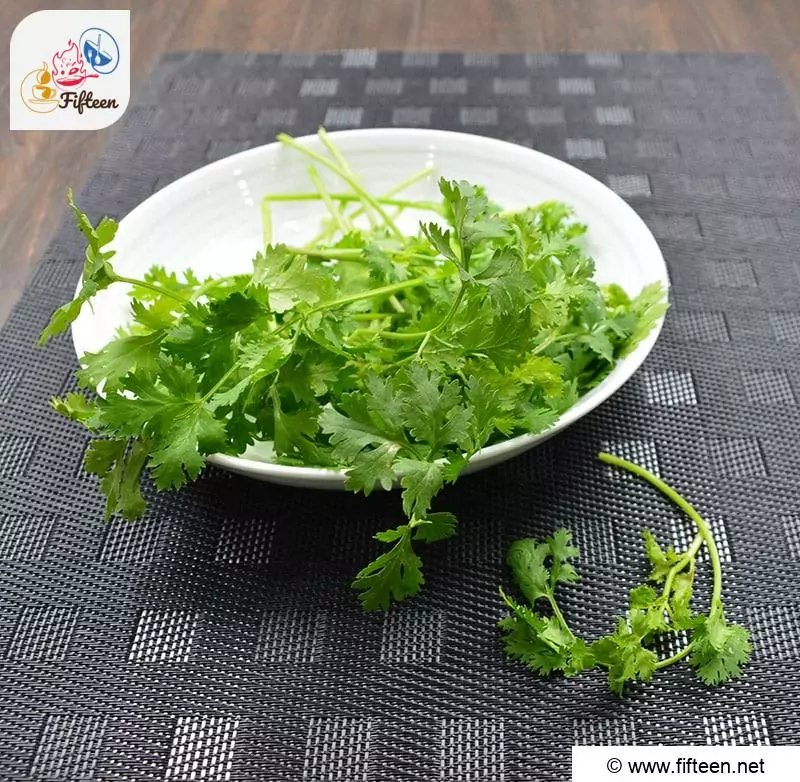
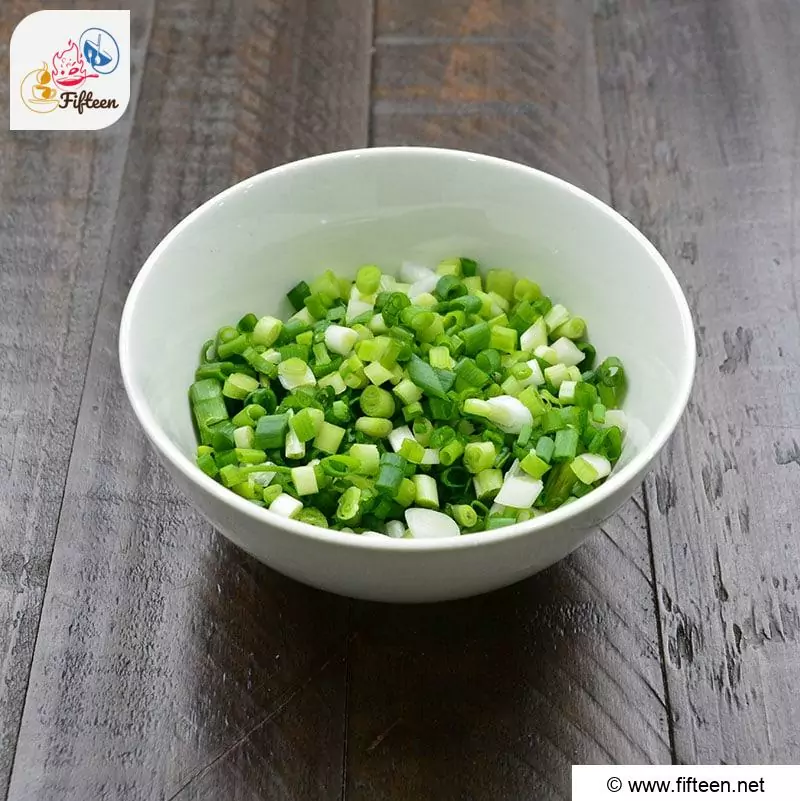
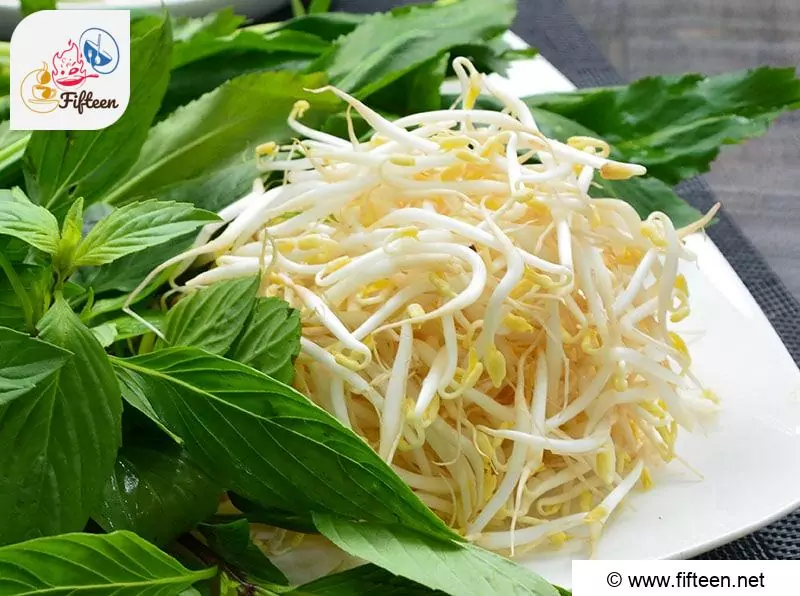
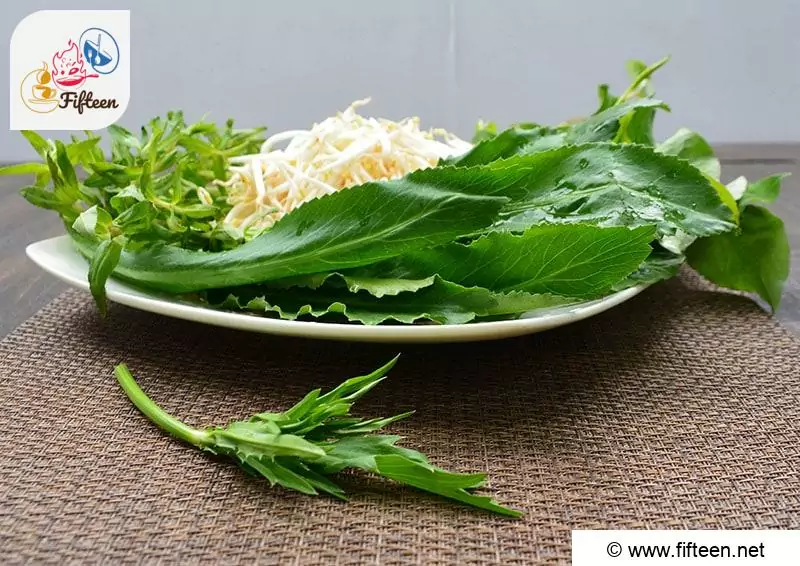
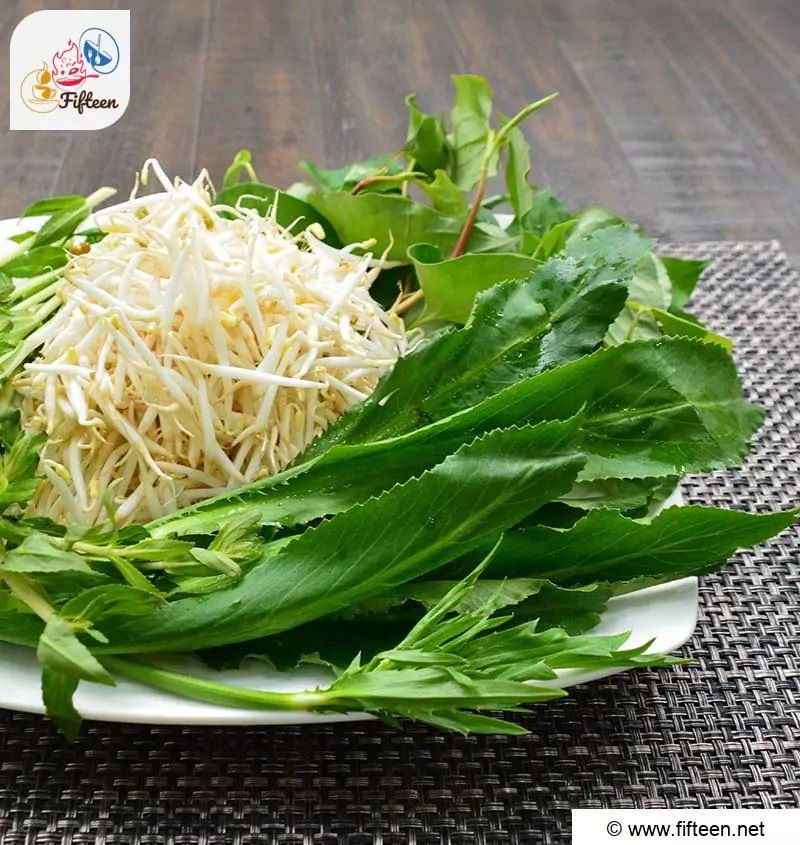
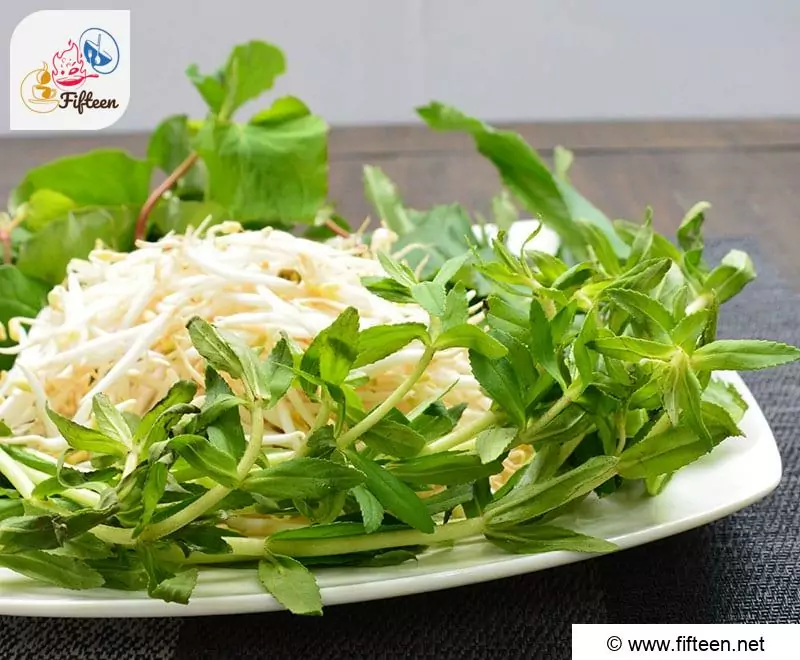
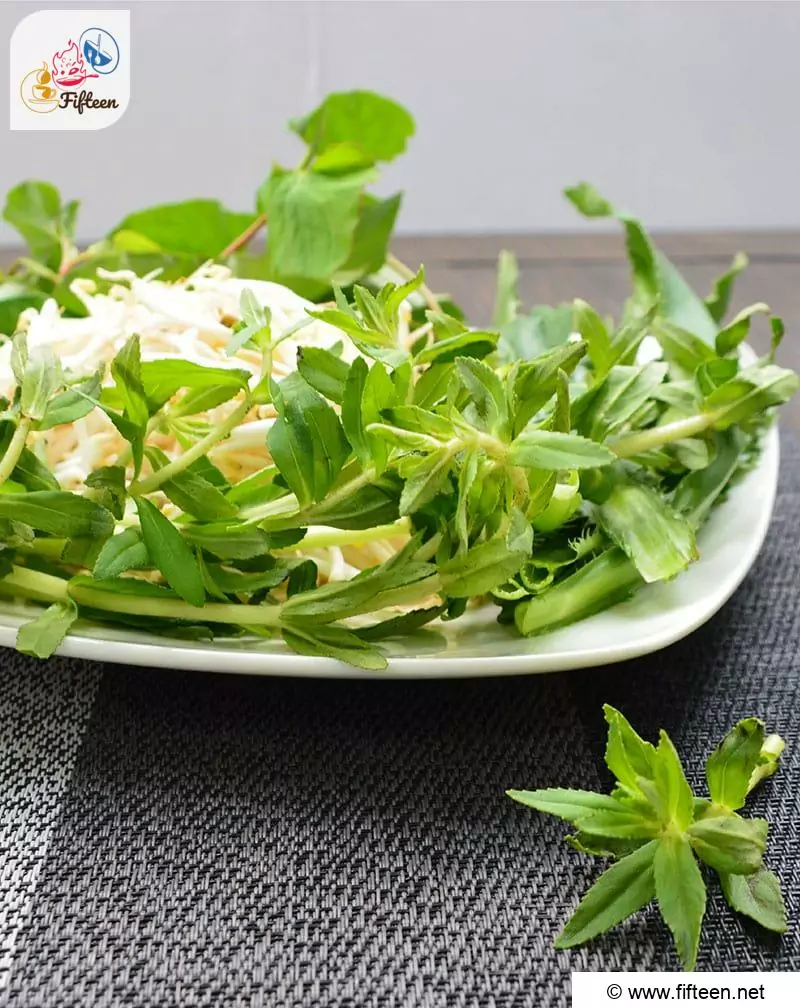
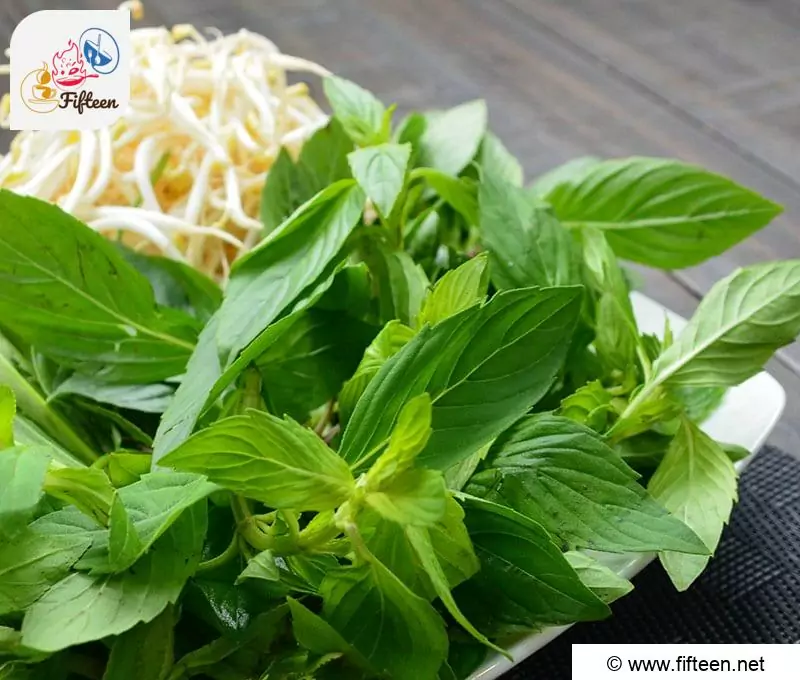
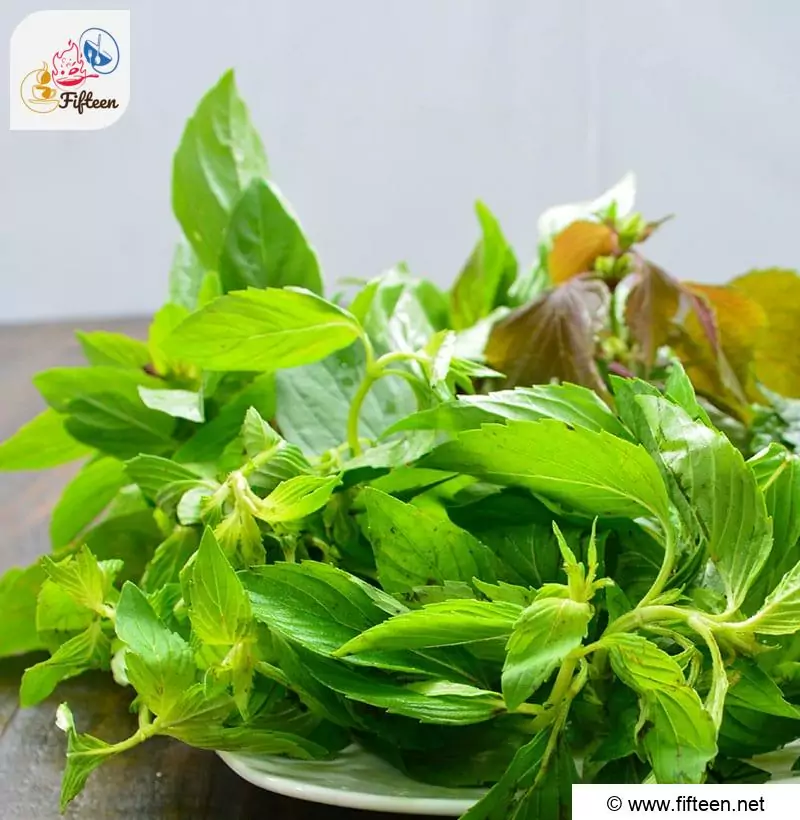
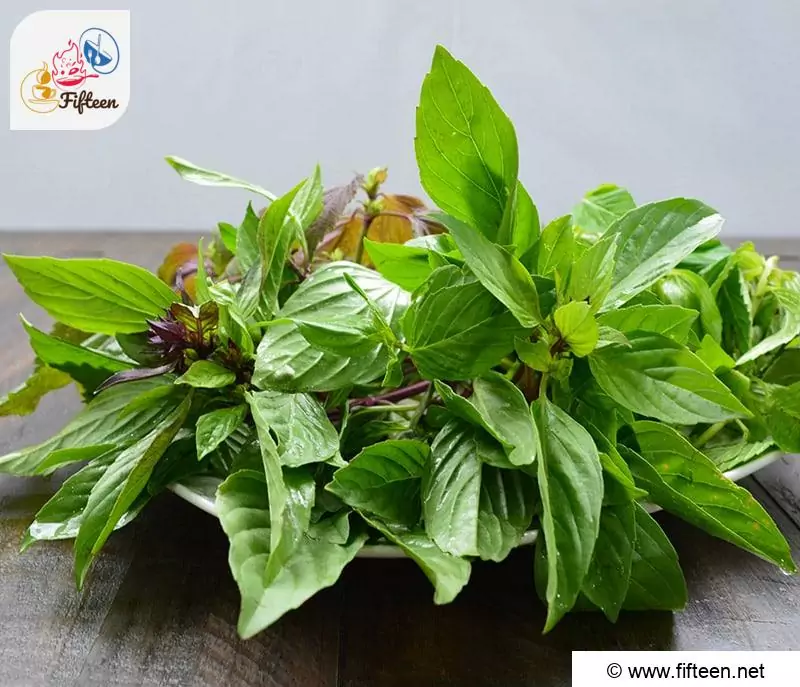
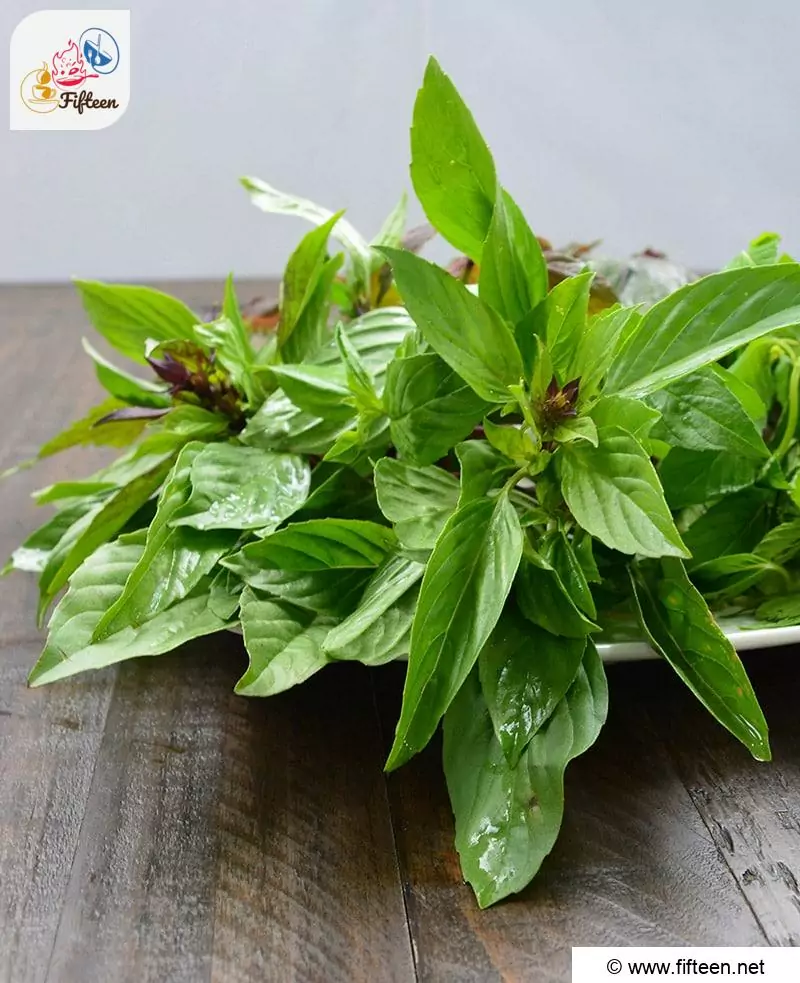
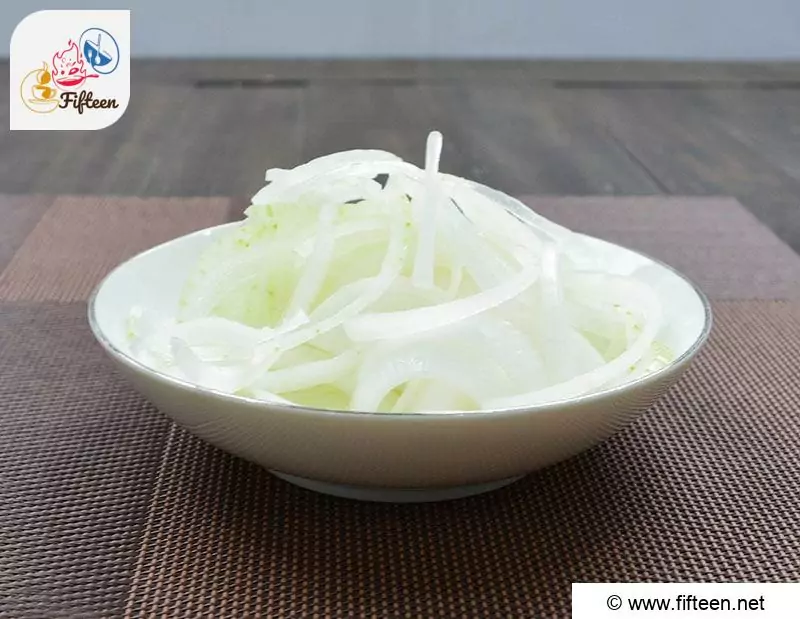
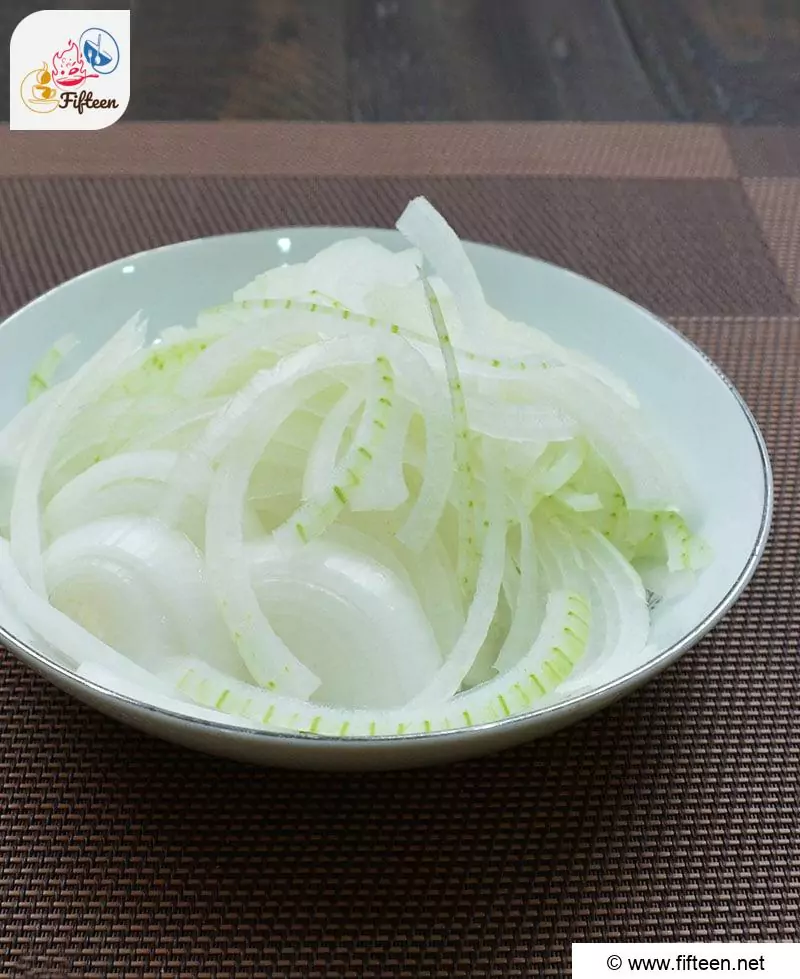
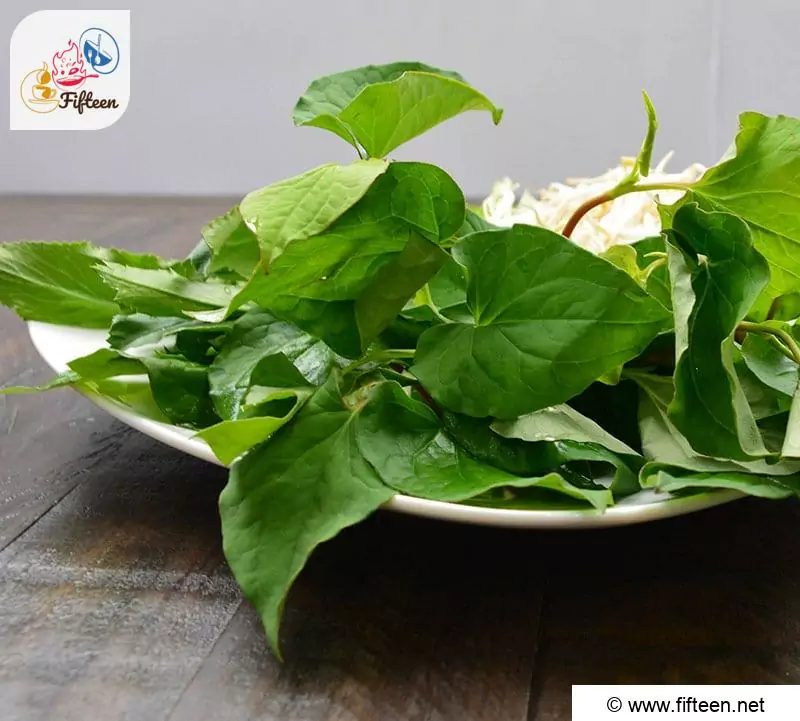
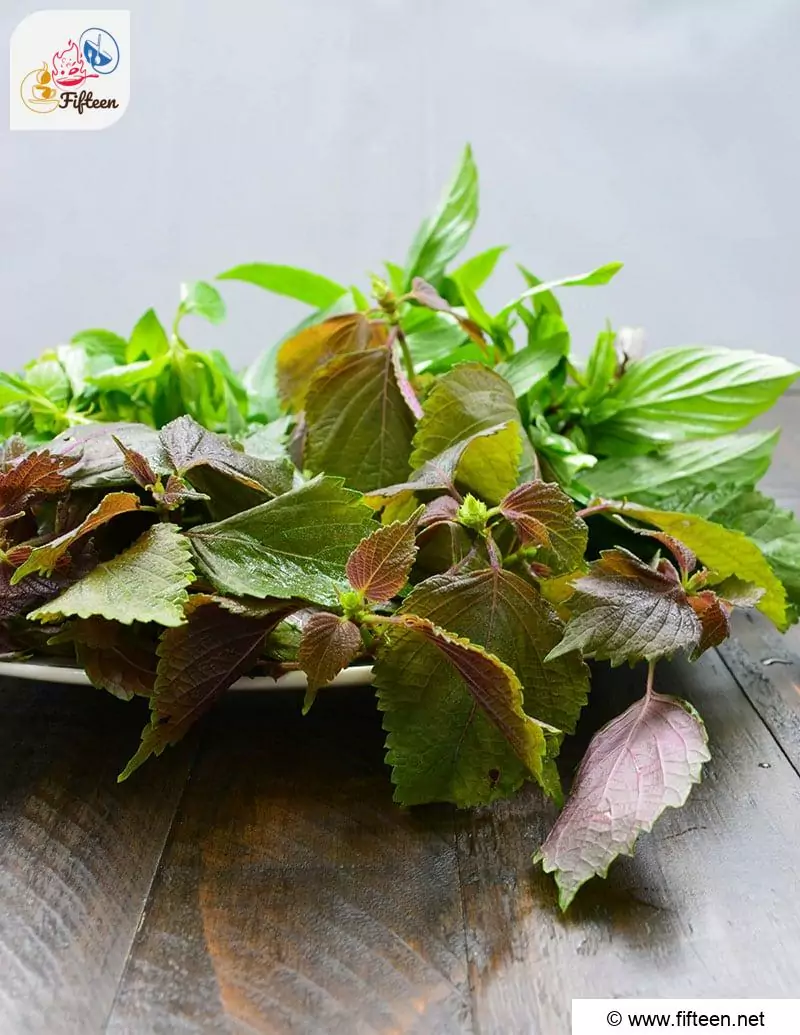
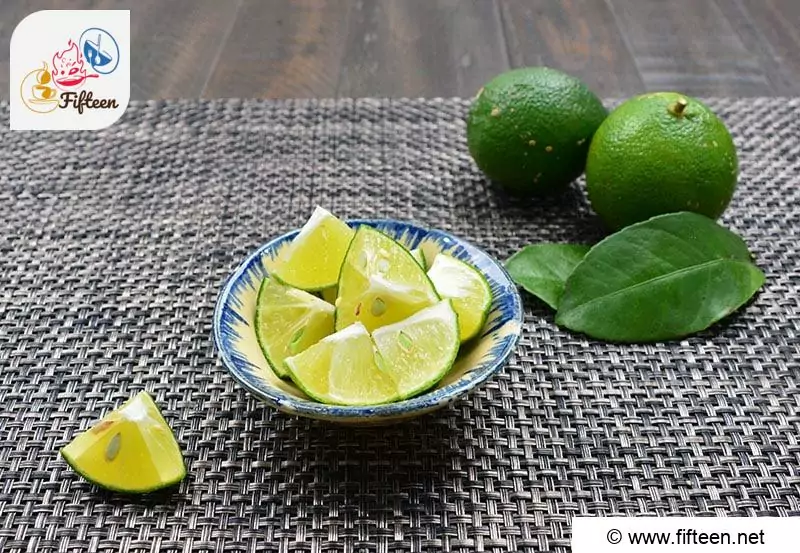
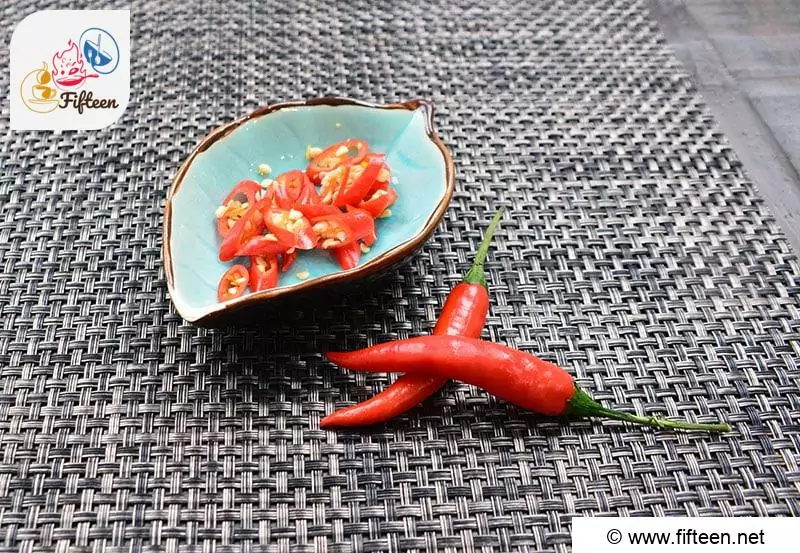
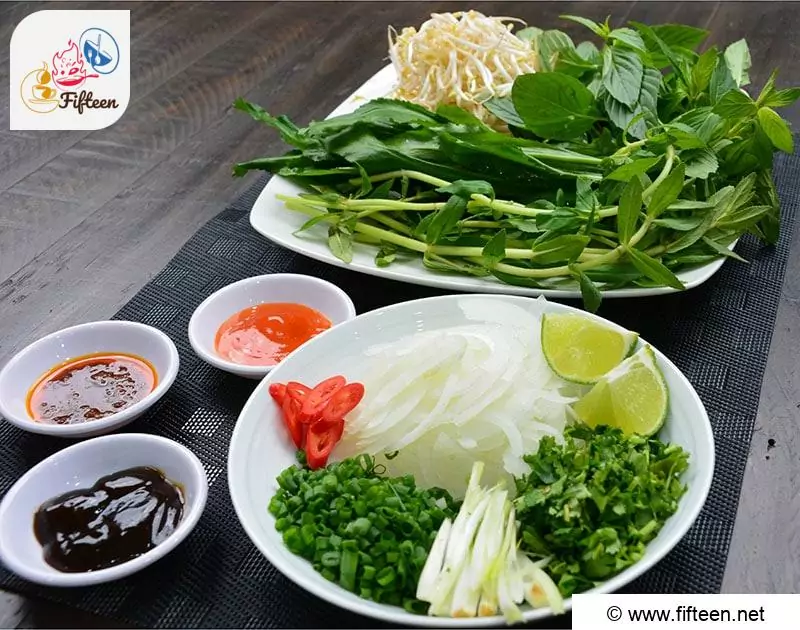
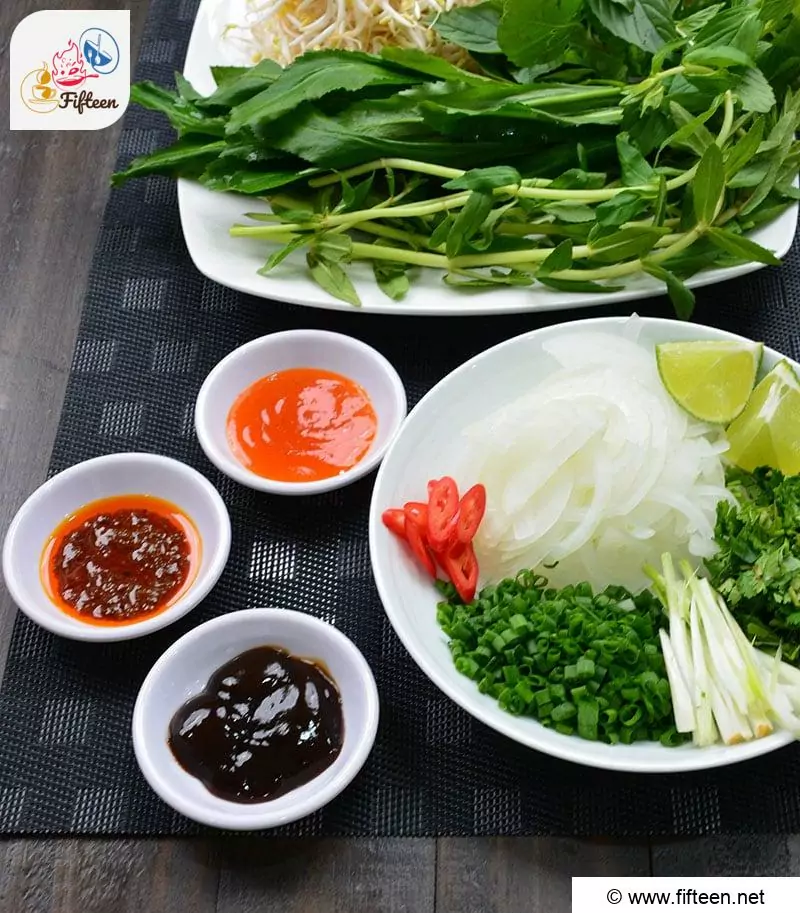
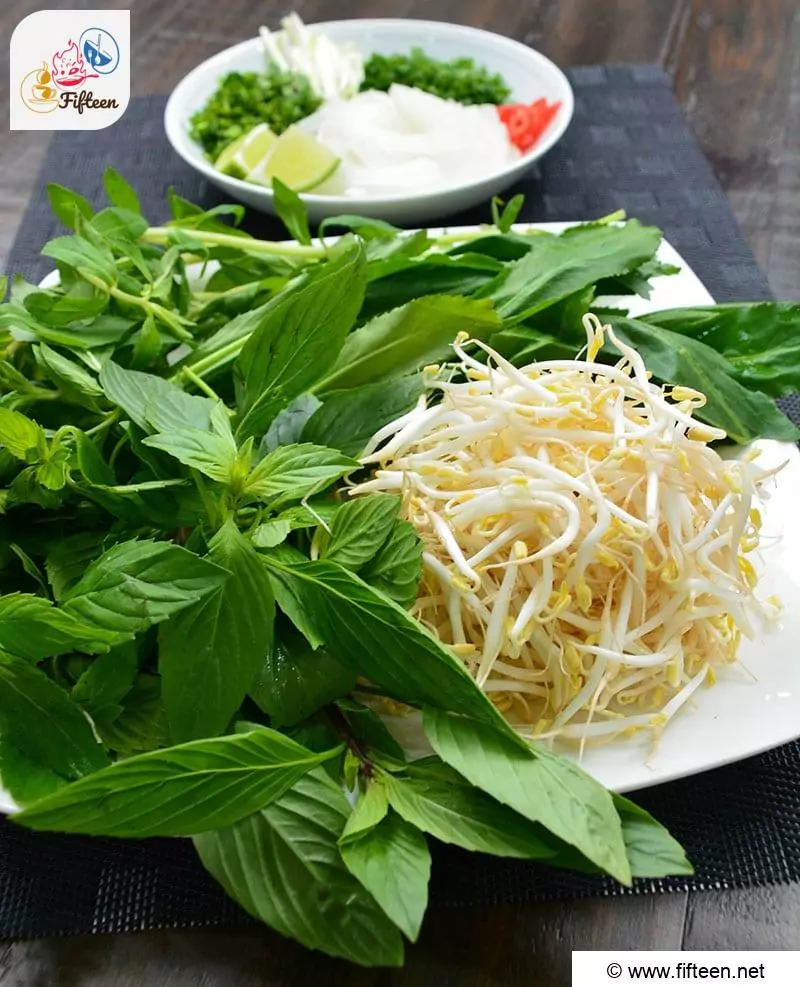
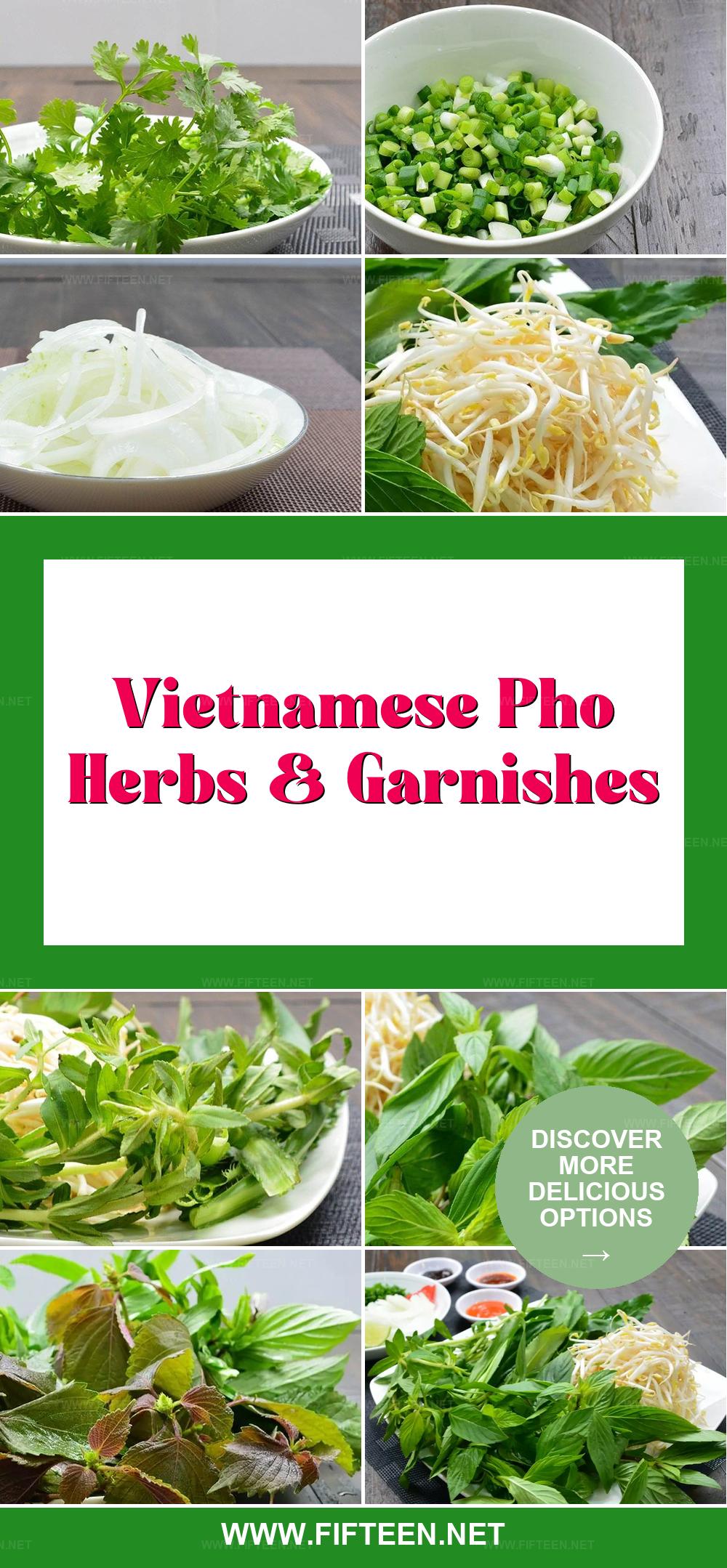
Jamie Scott
Editor in Chief, Senior Content Writer
Expertise
Home Cooking, Meal Planning, Recipe Development, Baking and Pastry, Food Editor, Cooking-video Maker, Western Food Evaluation Expert
Education
Le Cordon Bleu College of Culinary Arts
Local Community College, New York, NY
Jamie Scott is a skilled culinary expert and content creator specializing in Western cuisine. With over 15 years in the culinary field and formal training from Le Cordon Bleu, Paris, Jamie deeply understands how to blend nutrition with delicious flavors. His passion for cooking matches his commitment to making healthy eating accessible and enjoyable.
On Fifteen.net, Jamie brings a fresh perspective to classic dishes and beverages, offering readers insightful recipes, cooking tips, and a fresh view on meal planning that emphasizes taste, health, and simplicity.